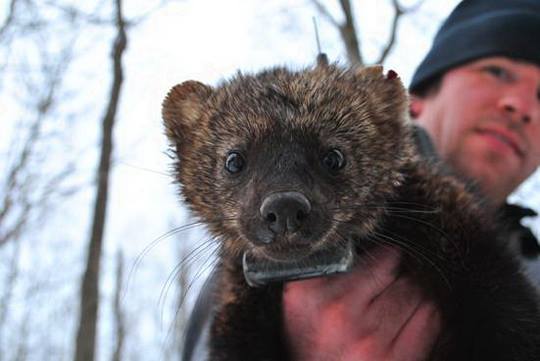Using animal tracking data to better predict animals’ use of natural movement corridors through urban lansdcapes.

Using GPS transmitters and cameras, Scott LaPoint documented the movements of fishers. Photo: © Roland Kays, NC State University
A new study, published this week by Dr. Roland Kays, a professor in CNR and director of the Biodiversity Lab at the NC Museum of Sciences with colleagues from Max Planck Institute for Ornithology, used small GPS devices to track the weasel-like fisher through suburban Albany, NY.
The study found that fishers will use movement corridors outside of their usual habitat preferences, and make use of culverts to cross roads.
The report, “Animal Behavior, Cost-based Corridor Models, and Real Corridors,” appeared in the October issue of Landscape Ecology – http://link.springer.com/article/10.1007/s10980-013-9910-0
Learn more about what they discovered and see videos @ http://natsci.mu/78

